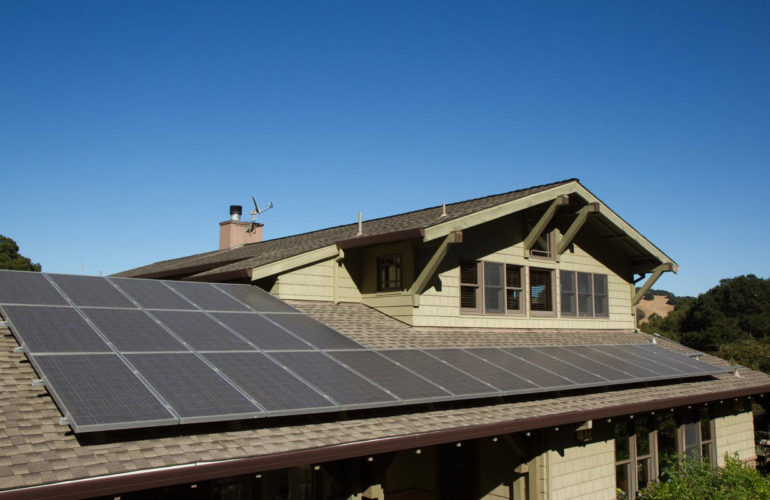But did you know that there are actually several different types of solar panels? That’s right: not all solar systems are created equal. In this blog post, let’s explore the various types of solar panels available on the market today, their pros and cons, and which one might be the best fit for your home or business. With this knowledge in hand, you’ll be able to make an informed decision when selecting the solar panelling system that will work best for you. Read on to find out more!
Solar Panel Basics
Solar panels are devices that convert sunlight into electricity. They are made up of individual solar cells that are connected together. Solar panels can be used to power homes and businesses, or to generate electricity for the grid. There are two main types of solar panels: crystalline silicon and thin film.
Crystalline silicon solar panels are the most common type of panel on the market. They are made from a silicon crystal that has been cut into wafers. The wafers are then coated with a layer of conducting material, such as copper, and placed in a frame. Thin-film solar panels are made by depositing a thin layer of photovoltaic material onto a substrate, such as glass or metal. The most common type of thin-film solar panel is made from cadmium telluride (CdTe).
Solar panels can be used to power homes and businesses, or to generate electricity for the grid. Solar panel systems can be either grid-tied or off-grid. Grid-tied systems are connected to the electrical grid and use batteries to store excess energy for use at night or during a power outage. Off-grid systems are not connected to the electrical grid, and must have Batteries to store excess energy.
The Different Types of Solar Panels
Solar panels are classified into two broad categories: crystalline silicon solar cells and thin-film solar cells. Crystalline silicon solar cells are made of single-crystal or polycrystalline silicon. They are the most common type of solar cell and have been used in photovoltaics (PV) since 1954. Crystalline silicon PV modules currently account for more than 85% of global PV installations.
Thin-film solar cells are made from depositing one or more thin layers, or “films,” of photoactive material on a substrate. They were first developed in the 1950s and 1960s for use in space applications, where weight was a critical factor. Thin-film technologies are now used in terrestrial PV applications as well. The three main types of thin-film solar cells are amorphous silicon (a-Si), cadmium telluride (CdTe), and copper indium gallium selenide (CIGS).
Which Solar Panel is Best for You?
Solar panels come in a variety of shapes, sizes, and types. The type of solar panel you choose will depend on your specific needs and wants. There are three main types of solar panels: monocrystalline, polycrystalline, and thin film.
Monocrystalline solar panels are made from a single crystal of silicon. They are the most efficient type of solar panel, but they are also the most expensive. Polycrystalline solar panels are made from multiple crystals of silicon. They are less efficient than monocrystalline solar panels, but they are also less expensive. Thin film solar panels are made from a thin layer of semiconductor material. They are the least efficient type of solar panel, but they are also the least expensive.
So, which solar panel is best for you? That depends on your specific needs and wants. If you want the most efficient solar panel available, then you want a monocrystalline solar panel. If you want a less expensive solar panel, then you want a polycrystalline or thin film solar panel.
Conclusion
There are many factors to consider when choosing the best Solar Panel for your needs. The first is the size of the panel. Solar panels come in a variety of sizes, from small panels that can power a few devices to large panels that can power an entire home. The size of the panel you need will depend on the number and type of devices you want to power.
The next factor to consider is the efficiency of the panel. Solar panels are rated by their efficiency, which is the percentage of sunlight they can convert into electricity. The higher the efficiency, the better. However, more efficient panels also tend to be more expensive.
Finally, you'll need to decide what type of solar panel you want. There are two main types: monocrystalline and polycrystalline. Monocrystalline panels are made from a single piece of silicon, while polycrystalline panels are made from multiple pieces of silicon fused together.

Monocrystalline panels are more efficient than polycrystalline panels, but they're also more expensive.

